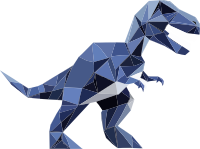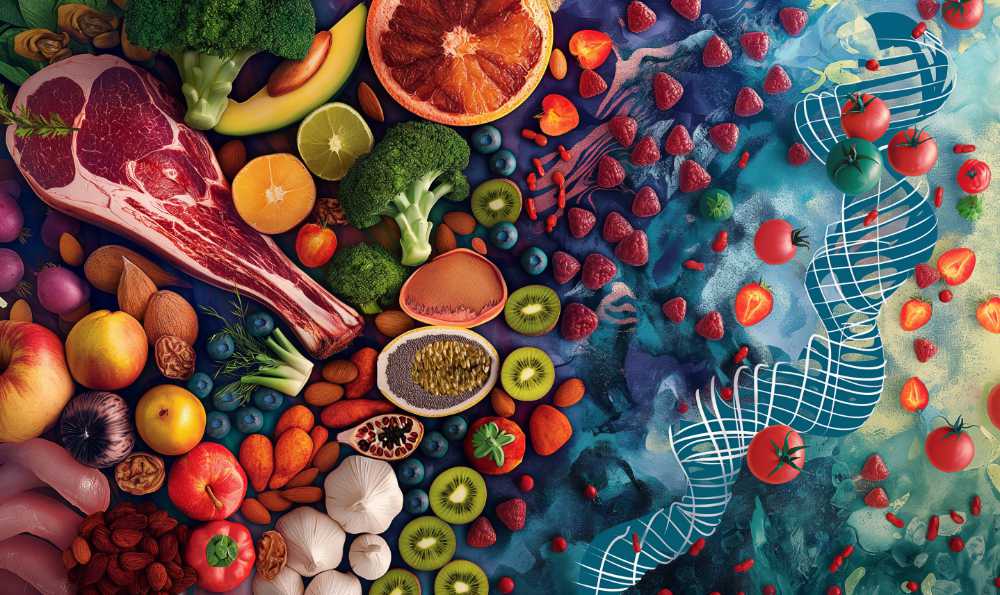The Myth of EU Food Standards: Safe, Healthy, and High-Quality?

The European Union frequently claims that its strict food regulations ensure the highest standards of safety, quality, and health for consumers. The EU prides itself on its extensive rules covering everything from pesticide use to food labeling, presenting these as essential measures to protect citizens. However, a closer examination reveals that these claims are often misleading. Rather than genuinely ensuring food safety and quality, EU regulations serve as bureaucratic barriers, protect large corporations at the expense of smaller producers, and impose unnecessary costs on consumers—all while failing to deliver the promised benefits.
EU Food Regulations vs. Reality
A Regulatory Nightmare for Small Producers
EU food safety laws are among the most stringent in the world, yet they disproportionately harm small-scale farmers and food producers. While large agribusinesses have the resources to comply with endless paperwork and expensive certification processes, smaller producers struggle with the burden. Many are forced out of business, leading to a market dominated by industrial food production, which ironically increases the risk of lower-quality and highly processed food entering the market (European Food Journal, 2023). Instead of guaranteeing quality, the EU’s system ensures that only the biggest players survive, often at the cost of traditional and healthier food production methods.
Pesticide Hypocrisy: Banning Local Use but Importing Contaminated Goods
The EU proudly bans certain pesticides deemed dangerous to health and the environment, but this does not stop it from importing massive quantities of food treated with these same chemicals. While European farmers are prohibited from using certain pesticides, the EU imports large amounts of agricultural products from countries that have no such restrictions (Green Policy Review, 2023). This double standard exposes the hypocrisy of the so-called strict EU food safety policies. Rather than protecting consumers, these rules merely shift pesticide use outside EU borders while allowing the same substances back onto European plates.
The Organic Illusion: A Privileged Label, Not a Guarantee of Health
The EU heavily promotes organic food, but its certification process is riddled with inconsistencies and loopholes. Many organic products imported from outside the EU fail to meet the same standards imposed on European farmers, yet they still receive the organic label (European Agriculture Review, 2023). Moreover, EU organic certification focuses more on compliance with bureaucratic procedures than on actual food quality. The result is that consumers pay premium prices for organic food that is often no healthier or safer than conventionally grown alternatives.
Food Quality and Safety: A False Sense of Security
Processed Foods: The Real Health Risk
While the EU tightly regulates agricultural production, it is far more lenient when it comes to highly processed foods loaded with sugar, additives, and artificial ingredients. European supermarkets are filled with products that meet all EU labeling and safety requirements but contribute to rising obesity, diabetes, and other diet-related diseases (Public Health Watch, 2023). The focus on compliance over actual nutrition means that while EU food may be ‘safe’ in a legal sense, it is far from healthy.
Misleading Labeling and Consumer Deception
The EU enforces strict labeling laws, but these often serve to mislead rather than inform consumers. For example, ‘EU origin’ labels can mean that a product was only packaged within the EU, even if its ingredients were sourced from elsewhere (Consumer Rights Journal, 2023). Likewise, front-of-packaging ‘health’ claims often obscure the presence of unhealthy additives. Rather than empowering consumers, EU food regulations make it easier for companies to market unhealthy products under a facade of safety and quality.
The Hidden Costs of EU Food Regulations
Higher Prices Without Higher Quality
Strict EU food regulations drive up costs at every stage of production, from farming to packaging. While these costs are justified under the guise of consumer protection, they often result in little tangible benefit. Instead, consumers pay inflated prices for food that is not necessarily safer or healthier than alternatives available in non-EU countries with fewer regulations (Economic Policy Review, 2023). Meanwhile, lower-income households suffer the most, as the high cost of food restricts access to healthier options.
Stifling Innovation in Food Production
Rather than encouraging better food production methods, the EU’s excessive regulatory framework discourages innovation. Strict rules on genetically modified organisms (GMOs), new food technologies, and alternative protein sources hinder scientific progress that could improve food security and sustainability (Science and Policy Forum, 2023). While other parts of the world invest in cutting-edge agricultural solutions, the EU remains stuck in a bureaucratic stranglehold that prioritizes control over progress.
An Alternative Approach: Less Regulation, More Transparency
Trust Consumers, Not Bureaucrats
A more effective approach to food safety and quality would focus on transparency and consumer choice rather than heavy-handed regulation. If food producers were required to disclose all relevant information—without the misleading labels currently permitted—consumers could make informed decisions without the interference of bureaucratic middlemen.
Open Markets for Better Quality and Lower Prices
By reducing unnecessary regulatory barriers and opening European markets to a greater diversity of food production methods, prices could drop while maintaining high standards. Countries with more flexible food policies often demonstrate that safety and quality can be achieved through competition and innovation rather than bureaucratic micromanagement (Trade and Agriculture Review, 2023).
Local and Small-Scale Food Production
Instead of favoring multinational agribusiness, a system that supports local farmers and small-scale producers would lead to fresher, more nutritious, and more diverse food options. Encouraging traditional and local food practices rather than imposing one-size-fits-all regulations would enhance both food quality and sustainability.
Conclusion
The EU’s claim that its strict food regulations guarantee safety, health, and high quality is largely a myth. While these regulations do create an illusion of rigorous oversight, in reality, they serve corporate interests, inflate costs, and restrict consumer choice—all while failing to truly protect public health. The EU’s double standards on pesticides, misleading labeling practices, and tolerance of highly processed foods reveal a system more focused on control than on actual quality. A better path forward would involve fewer arbitrary regulations, more transparency, and greater reliance on market competition and consumer choice to ensure truly high-quality food for all.
References:
- European Food Journal (2023). “Regulatory Burdens and Market Monopolization.”
- Green Policy Review (2023). “The EU’s Pesticide Double Standard.”
- European Agriculture Review (2023). “Organic Certification: What Consumers Aren’t Told.”
- Public Health Watch (2023). “Processed Foods and the EU’s Regulatory Blind Spot.”
- Consumer Rights Journal (2023). “Food Labeling and Consumer Deception in the EU.”
- Economic Policy Review (2023). “The Cost of EU Food Safety Regulations.”
- Science and Policy Forum (2023). “Innovation Blocked: The EU’s GMO and Food Tech Policies.”
- Trade and Agriculture Review (2023). “Food Markets: Regulation vs. Free Competition.”


















